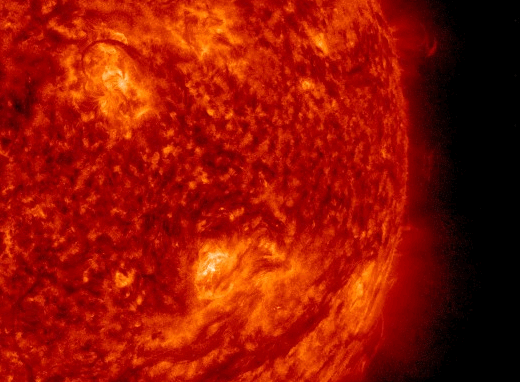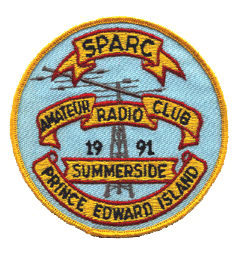SFI = 126
A index = 7
K index = 2
SSN = 97
GEOMAGNETIC STORM WATCH (UPDATED): Minor to moderate geomagnetic storms are possible on Aug. 17th when a CME is expected to sideswipe Earth’s magnetic field. The CME was hurled in our direction yesterday by a “dark plasma explosion,” described below. Following close behind the CME, a stream of high-speed solar wind could arrive on Aug. 18th, boosting the odds of a geomagnetic storm on that date as well
DARK PLASMA EXPLOSION ON THE SUN (UPDATED): Yesterday, the sun hurled a plume of dark plasma into space following a dramatic explosion around sunspot AR3076. NASA’s Solar Dynamics Observatory recorded the blast, which began on Aug. 14th around 1130 UT:

Traveling faster than 600 km/s (1.3 million mph), the plume tore through the sun’s outer atmosphere, creating a coronal mass ejection (CME). Newly updated images from the Solar and Heliospheric Observatory (SOHO) confirm that the CME has an Earth-directed component. It could sideswipe Earth’s magnetic field on Aug. 17th, producing minor to moderate geomagnetic storms

C-class solar flares. Credit: SDO/HMI
NOAA Alerts
Space Weather Message Code: SUM10R
Serial Number: 728
Issue Time: 2022 Aug 15 0630 UTC
SUMMARY: 10cm Radio Burst
Begin Time: 2022 Aug 15 0608 UTC
Maximum Time: 2022 Aug 15 0613 UTC
End Time: 2022 Aug 15 0613 UTC
Duration: 5 minutes
Peak Flux: 130 sfu
Latest Penticton Noon Flux: 126 sfu
NOAA Space Weather Scale descriptions can be found at
www.swpc.noaa.gov/noaa-scales-explanation
Description: A 10cm radio burst indicates that the electromagnetic burst associated with a solar flare at the 10cm wavelength was double or greater than the initial 10cm radio background. This can be indicative of significant radio noise in association with a solar flare. This noise is generally short-lived but can cause interference for sensitive receivers including radar, GPS, and satellite communications.
